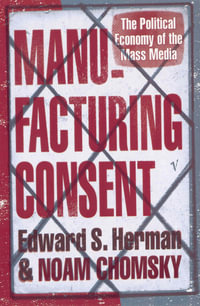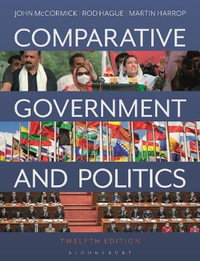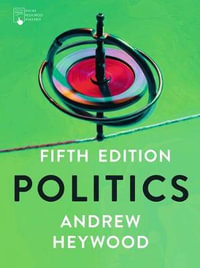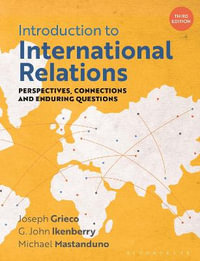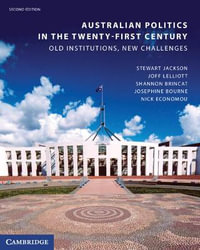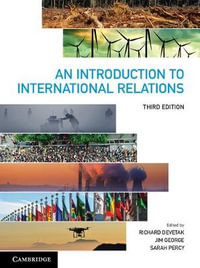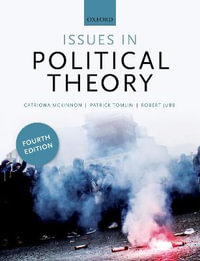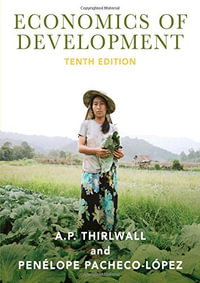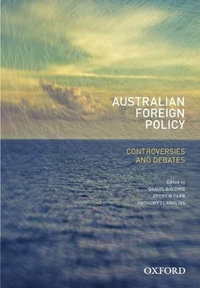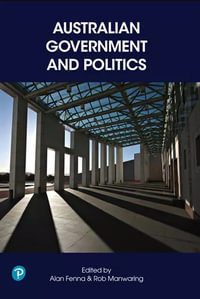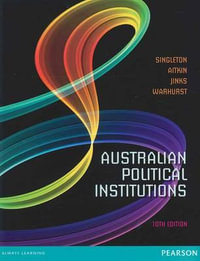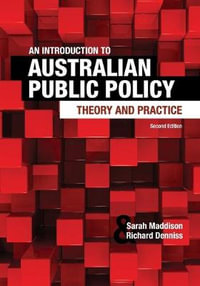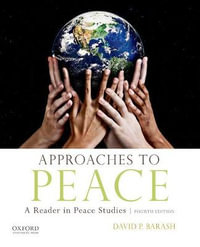Australian Political Institutions 10e introduces students to the structure and organisation of the institutions and functions of government in Australia, with reference to contemporary issues and debates. A lot has changed in recent times in the Australian political environment. Finally there is a text that incorporates all these important changes.
As an introduction to the principles of political science the text provides an analysis of key issues in the Australian political system in a clear and concise manner. This new tenth edition retains its core focus on the Australian political system but also includes expanded comparative analysis of the similarities and differences in the structure and operation of political institutions in other countries which students can use to consider the strengths and weaknesses of the Australian political system and whether it could be improved.
New to the Edition
- An enhanced, in-depth introduction to the study of politics and Australian political institutions: The introduction in the new edition explains in greater depth how and why students should study Australian political institutions, including discussion of what is politics, the significance of political culture and liberal democracy, the study of politics as a discipline, and the strengths and weaknesses of comparative analysis.
- Expanded comparative analysis of the similarities and differences in the structure and operation of political institutions in other countries which students can use to consider the strengths and weaknesses of the Australian political system and whether it could be improved: The countries examined throughout the text include: the UK, US, Germany, Malaysia and New Zealand
- End of chapter case studies: This edition introduces case studies which examine a significant issue related to the topic of the chapter. Particularly important new feature because it illustrates to students the practical application and political relevance of what they are studying.
- Chapter on Foreign Policy: Australia is part of the global community of nations so it is important for students to know how Australian foreign policy is made. This new chapter explains what is foreign policy and the process by which it is made. It discusses the influence of the prime minister and senior ministers, parliament, the bureaucracy, interest groups, the media and external influences such as globalization, treaties, and membership of international organisations on the policy-making process.
- Discussion of the impact of the new social media on political communication in Australia: This edition looks at the impact of the rapid expansion of use by Australians of new social media such as Facebook and Twitter on Australian political communication and its significance for the political process, including the way in which political parties manage their campaigns and their relationships with the community.
About the Authors
Gwynneth Singleton is an Adjunct Associate Professor in Politics at the University of Canberra.
Don Aitkin is an Emeritus Professor in Politics and a former Vice-Chancellor of the University of Canberra.
Brian Jinks is a former Senior Lecturer in Management at Macquarie University.
John Warhurst is an Adjunct Professor of Political Science, in the Faculty of Arts, Australian National University.



